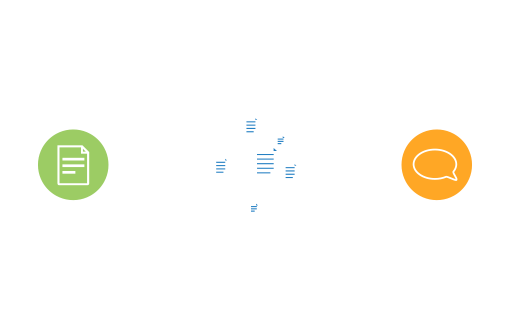
Advanced MRC compression with GdPicture.NET Document Imaging SDK

ORPALIS launches the new and updated version of the Mixed Raster Content compression engine in GdPicture.NET Document Imaging SDK.
Muret, France, July 25th
Sharing electronic colored documents is often complicated for many reasons: the file size is usually very big, and when the size becomes acceptable, it’s often to the detriment of quality.
Mixed Raster Content (MRC) is a method for compressing images that contain both binary-compressible text and continuous-tone components, using image segmentation methods to improve the level of compression and the quality of the rendered image. By separating the image into components with different compressibility characteristics, the most efficient and accurate compression algorithm for each component can be applied.
For instance, MRC compression on a single document image can combine JBIG2 compression, Automatic Color Detection, JPEG and PNG compression, and more.
MRC compression is optimal on structured images, or images with forms because each element of the document is compressed with a different technology.
ORPALIS’s research work on compression started in 2003 with the first release of GdPicture.NET. The goal with MRC compression is to avoid losing any information. To achieve the best results, a constant focus is kept on segmentation and the document’s structure. Tests show documents compressed more than 10 times.
MRC Compression, along with Automatic Color Detection, is available in GdPicture.NET Document Imaging SDK since version 11. GdPicture.NET version 14.0.60 provides a dramatically enhanced version of the MRC compression engine.
This feature is also available in DocuVieware HTML5 Viewer and Document Management Kit, which is powered by GdPicture.NET SDK.
ORPALIS includes the updated MRC engine in its productivity tools offer:
